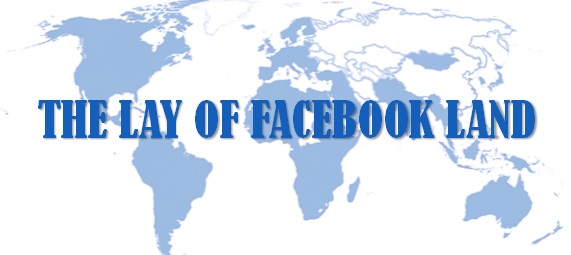There are four ways for your followers to see posts generated by your company page:
- “See First” Setting
- Your audience does a search for your page
- Via callouts and hashtags
- Pay FB to place posts on people’s Newsfeed.
The “See First” setting is simple to do. You turn on this feature for each page and it allows you to see up to 5 posts a day on your Newsfeed. Facebook doesn’t seem to be promoting this option.
Every page has loyal followers (often friends and family) who will search for your company page directly in order to see and read posts. Unfortunately, the majority of followers won’t.
Using callouts and hastags will get a post placed on more Newsfeeds. However, it’s difficult to include those with every post which leaves you with paying Facebook to place your posts on people’s Newsfeeds.
The Ads platform is changing every day as well. Facebook’s marketing glossary continues to expand as do the features. Terms like LTV (Lifetime Value-which is the overall revenue a business generates from an average user throughout their time using the app); add to a growing list acronyms specific to advertising on the platform.
New features released this month alone include the Info & Ads Feature that allows all users to view every ad a page is running at that moment, even if the user doesn’t Like/Follow the page or is a member of the targeted audience. Also, you can cross-post (single image posts only) onto an Instagram account from Facebook. Companies like HootSuite and Buffer are loosing their service values by the day.
Old and reliable features are going away just as fast. Facing elimination as of August 15th is Partner Categories. They are some of the demographics available when creating targeted audiences. These demographics are derived from third-party data. The third-party partners are the “big guns” which include Acxiom, Epsilon, Experian, Oracle Data Cloud, and Quantium; the data giants of today. They help provide game-changing personal information within the paid ads stage such as household income, parents with children [pick the age], or what kind of car your audience drives.
Depending on the targeting options you select, soon you won’t see leading indicators such as audience size and potential reach either.
We’ll keep you posted as things continue to evolve.

